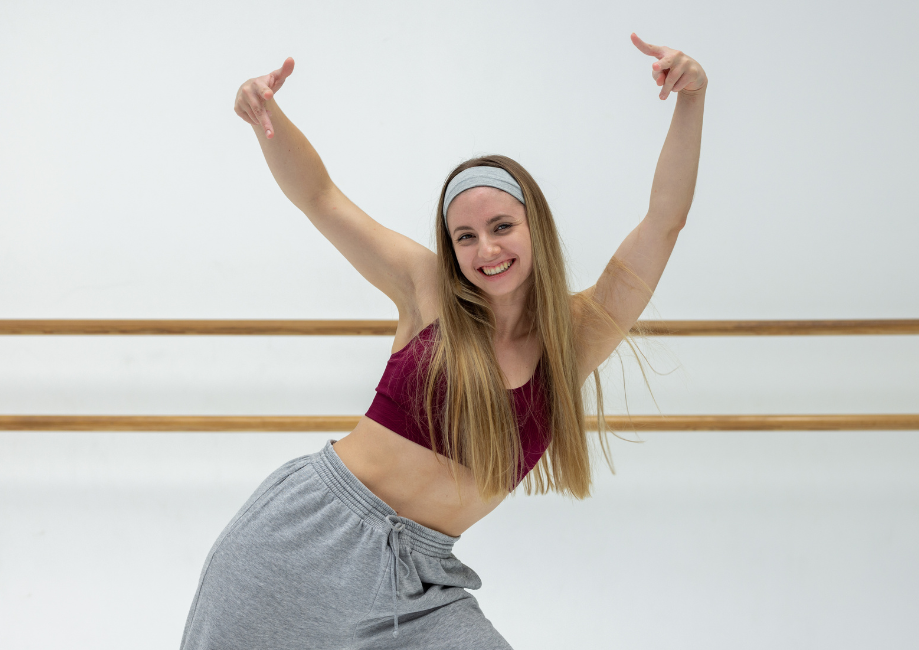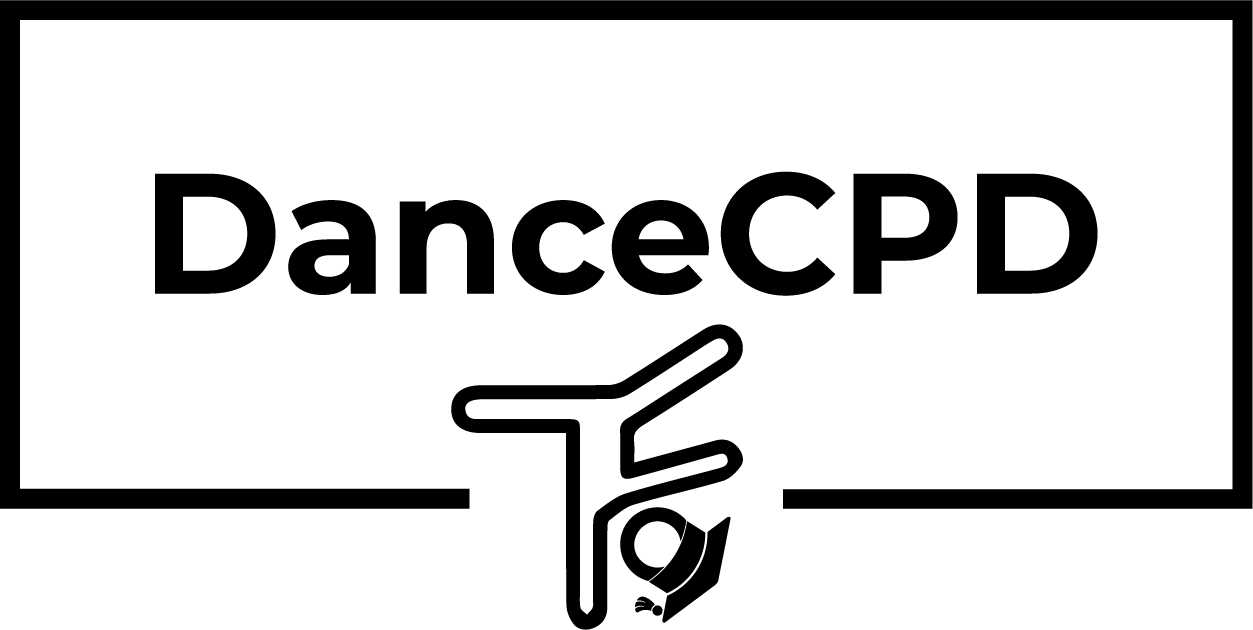Humanism in Dance Teaching

Have you ever been in a dance class where the atmosphere just felt a bit – off? Maybe it felt cliquey, or there was a sense of fear among the dancers of making a mistake. I’m willing to bet you didn’t enjoy it much, and you probably didn’t learn as much as could have either.
As dance teachers, it can be tempting to focus on turnout, timing, and technique. But our students are not dance-machines; they are individuals with thoughts, feelings, and unique ways of learning. The atmosphere you create in your lessons is just as important as the content you teach – this is exactly what humanism in education is all about. Humanism reminds us to see and nurture the whole dancer, not just teach the skill.
What is Humanism?
Humanistic learning theories centre on the idea that education should focus on the learner as a whole person. Rather than viewing students as empty vessels to be filled with knowledge behaviourism or purely as problem-solvers building understanding constructivism, humanism asks us to consider:
- What motivates the student?
- How does learning affect their sense of self?
- How can we create conditions where they feel safe, valued, and confident to express themselves?
Carl Rogers, one of the key voices in humanist education, believed that learning happens best in an environment of congruence (being true to yourself), empathy, and respect.
For us as dance teachers, that means creating a studio culture where dancers don’t just copy steps but grow in confidence, creativity, and self-awareness.
Why It Matters in Dance
Dance is one of the most human of art forms. It connects body, mind, and emotion. Teaching from a humanistic perspective helps us nurture not just stronger dancers, but stronger people.
In practice, this means:
- Motivation and engagement – when students feel valued, they want to learn.
- Confidence and self-esteem – they believe in themselves, both in and out of class.
- Creativity and individuality – they develop their own artistic voice.
- Emotional resilience – they learn to cope with challenges and setbacks.
In short, humanism reminds us that the steps are important, but so is the person who dances them.
How to Use Humanism in Your Class
You may already be applying humanistic principles without realising it. Here are some intentional ways to bring it into your teaching:
- Create a Safe, Supportive Environment
Students need to know they are respected and accepted. Make your studio a place where mistakes are part of learning and every dancer feels they belong.
Example: create opportunities for your dancers to work together and encourage each other, celebrate collaboration not competition.
- Focus on Growth, Not Just Outcomes
Shift the emphasis from perfect technique or exam results to the journey of learning. Praise persistence, creativity, and risk-taking as much as precision.
Example: highlight a student’s willingness to try something difficult, even if it wasn’t perfect yet.
- Encourage Student Choice
Offer opportunities for autonomy. Let students choose music, create short phrases, or decide how to perform a combination. Choice fosters ownership and motivation.
Example: give them three tracks and ask which they’d like to dance to today.
- Value Individuality
Not every dancer will move the same way — and that’s a good thing. Encourage students to bring their personality into performance, rather than striving for uniformity at all costs.
Example: in a creative task, let students interpret a piece of music differently, then share their versions.
- Be a Facilitator, Not Just an Instructor
In humanistic teaching, the teacher guides and supports rather than dictates. Ask questions, invite exploration, and listen as much as you speak.
Example: instead of saying “do it this way,” try asking, “how did that feel, and what might make it work better?”
Reflection for Your Next Class
Think about your last lesson. How would you describe the learning environment you created? Do you think your students felt safe to express themselves? How might you include a moment of choice, reflection, or self-expression next time?
Even five minutes of creative exploration or open discussion can shift the tone from teacher-led to student-centred.
Key Takeaway
Humanism in dance teaching reminds us to see the whole dancer, not just the steps. By creating a safe environment, encouraging choice, valuing individuality, and focusing on growth, we build dancers who are not only technically strong but also confident, creative, and resilient.
When we nurture the person as well as the performer, we unlock potential that goes far beyond the studio.
Take It Further
Next time you need a piece of choreography, why not co-create it with your students? Watch how much more invested and expressive they become when they are part of the process.
What’s Next?
In the next post, we’ll bring together all the learning theories we’ve explored — behaviourism, constructivism, cognitivism, and humanism — to see how they can work side by side in the dance studio.
In the meantime, if you want to connect with other dance teachers who care about pedagogy and purposeful teaching, come and join the Facebook group:
Dance Teachers: Raising the Barre
Keep up to date with what’s going on and further news:
